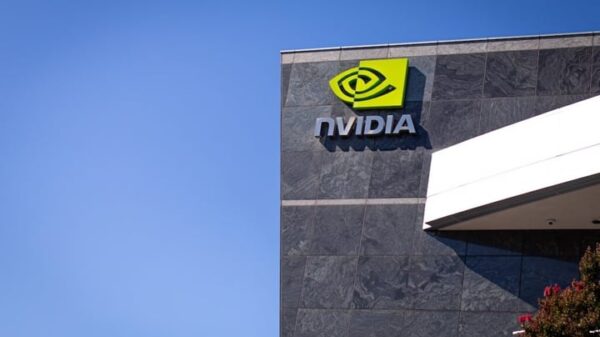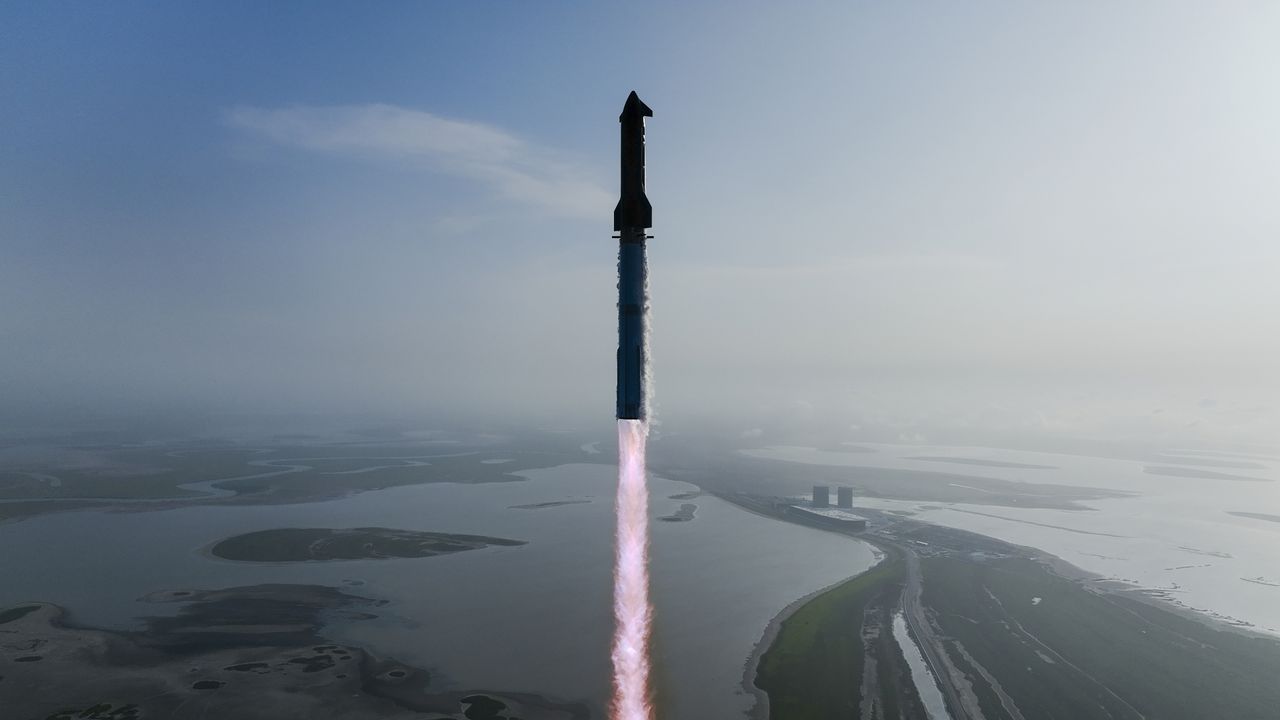SpaceX has announced plans for the tenth integrated test flight of its Super Heavy Starship launch vehicle, potentially scheduled for August 24, 2025. The liftoff is expected to occur from the company’s Starbase facility in Texas, with a launch window beginning at 7:30 p.m. EDT (23:30 GMT). This announcement was made via X on August 15, slightly later than the initial estimate provided by Elon Musk in mid-July, when he suggested the launch would occur in “about three weeks.”
The upcoming flight marks a critical juncture in the development of the Starship program. Having experienced setbacks with its previous three flights this year, which all resulted in the loss of the upper stage, SpaceX faces increased pressure to get Starship operational. The timeline remains tight as the vehicle is intended to serve as the lunar lander for astronauts on NASA’s Artemis 3 mission, scheduled for the moon’s surface in 2027.
Standing at approximately 394 feet (120 meters) tall, the fully stacked Super Heavy booster and Starship upper stage for Flight 10 will feature Booster 16 and Ship 37, both representing Block 2 variants. Each mission has introduced incremental upgrades, a strategy that reflects SpaceX’s commitment to evolving the launch vehicle.
Flight 10 follows the previous attempt, Flight 9, which took place on May 27. That mission ended with the upper stage disintegrating about 45 minutes post-launch. Compounding challenges, a static fire test on June 18 resulted in an explosion that destroyed Ship 36, originally intended for this flight, and caused damage to SpaceX’s testing infrastructure.
With the investigations into these mishaps now complete, Starship Flight 10 is poised to proceed with a revised set of mission objectives. Once in space, following stage separation, the Starship will deploy eight mass simulators designed to mimic Starlink satellites, conduct an in-space Raptor engine relight, and attempt a controlled splashdown in the Indian Ocean. Meanwhile, Booster 16 will modify its trajectory for a controlled splashdown in the Gulf of Mexico.
As the tenth flight test approaches, SpaceX is building on the lessons learned from its previous missions. Of the nine test flights conducted to date, several have demonstrated partial success, such as the recovery of a Super Heavy booster using the launch tower’s “Mechazilla” chopstick arms for refurbishment. Nonetheless, the mission objectives from launch to landing have yet to be fully realized.
SpaceX is advancing its Starship project in line with Elon Musk’s vision of establishing human life on multiple planets, particularly through missions to Mars. Additionally, the Starship program plays a crucial role in NASA’s Artemis initiative aimed at returning astronauts to the moon for extended missions. As the aerospace company prepares for Flight 10, the outcomes could significantly influence the future of space exploration and the timeline for lunar and Martian endeavors.







































































